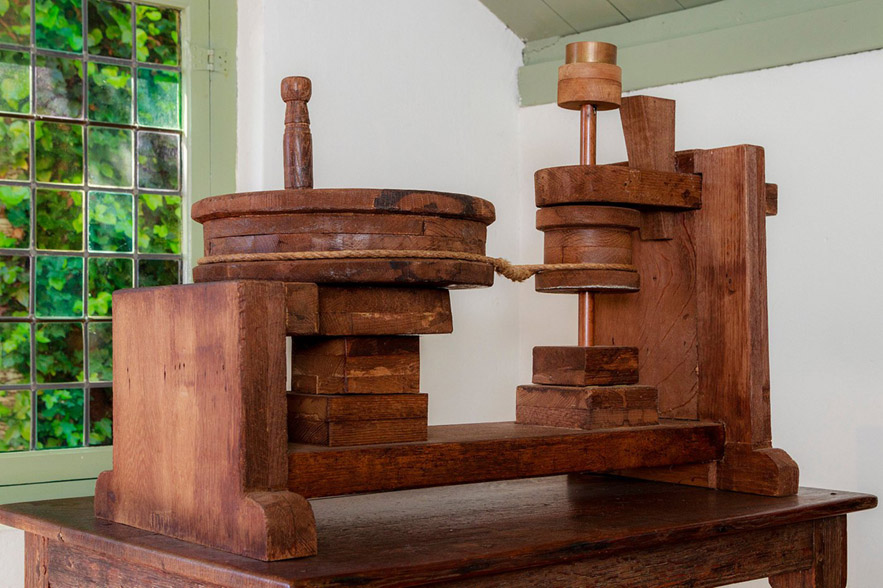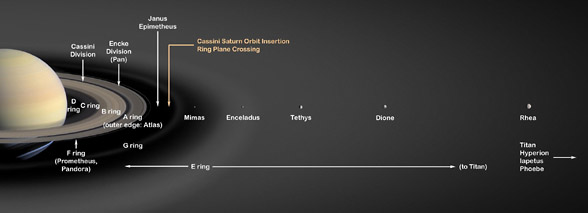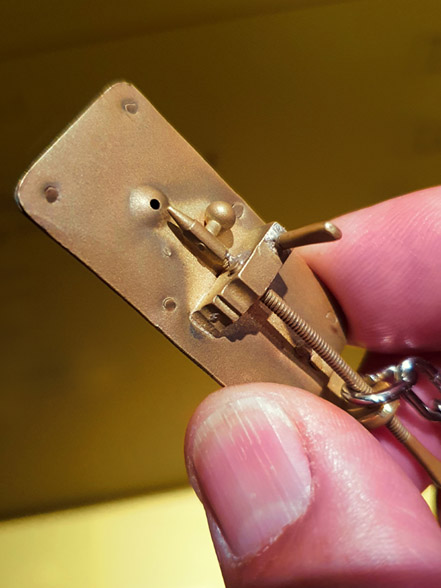Scientists in the 17th century were often noblemen, with time and money at their disposal. Also, quite often, they knew of each other and were sometimes in contact. They were aware of each others inventions and able to collaborate on ideas and resources.
In fact, important figures and pioneers such as the 17th-century physicist Isaac Newton were initially called natural philosophers because there was no such thing as the word "scientist" throughout most of the 17th century.
www.thoughtco.com
To be acquinted with ideas of other scientists was far from straightforward as it is now with our ways of communicating. Letters, books, associations, language (often in Latin) it must all have taken much more time, effort and money.
Imagine posting a letter from Holland to England, waiting for an answer, had it reached its destination at all?
Interesting, just think how lucky you are being in highschool.
To grind a lens -for an enlarging glass, a telescope or a microscope- is, as you can imagine, not a simple matter. To do this they used a special device called a 'lathe' of which you can see a picture here.
This one belonged to Baruch SPINOZA (1632-1677), who was first of all wellknown for his intellectual writings on politics and belief. Spinoza was in contact with Christiaan HUYGENS (1629-1695) another scientist / poet/ nobleman, credited for his invention of a telescope.
They shared ideas and for instance looked together at the rings of Saturn, although Huygens was reluctant to exchange his lens grinding ideas.
Rings of Saturn
Galileo GALILEI – the first person to observe Saturn's rings, in 1610; Christiaan HUYGENS – the first to propose that there was a ring surrounding Saturn, in 1655; Giovanni CASSINI – discovered the separation between the A and B rings (the Cassini Division), in 1675. - Wikipedia
Teaching bit:
You wouldn't know how to find Saturn, would you? Here is an easy app for on your smartphone: Skymap, Skywiki and SkEye are all free (aug.2023) but there are many more both for Android and iOs.
Anthony Van LEEUWENHOEK microscope lens
Here is one other VERY clever way to make lenses; 'cool' you would call this, well, this is as cool as it gets!
Secret of the microscope lens
It was unclear for a long time how Van Leeuwenhoek (1632-1723) made the lenses for his strangest microscopes. He himself spoke of a 'special glass-blowing method'. However, he remained secretive about it.
Research in 2018 by Rijksmuseum Boerhave and TU Delft finally made things clear. We now know that for his strongest microscopes Van Leeuwenhoek, surprisingly enough, used simple molten ball lenses.
Molten ball lenses
The major advantage of molten ball lenses is that no grinding is required. The spherical shape arises naturally if you melt glass by flame. Polishing is not needed either. Van Leeuwenhoek mounted his ball lenses very carefully between the lens plates.
texts are from the Rijksmuseum Boerhave
You can make / mimick your own microscope or telescope with your smartphone!



